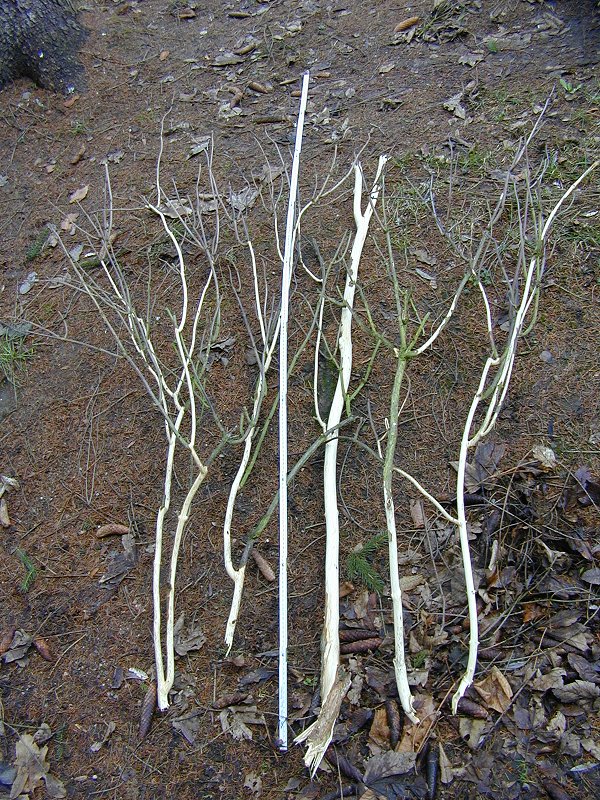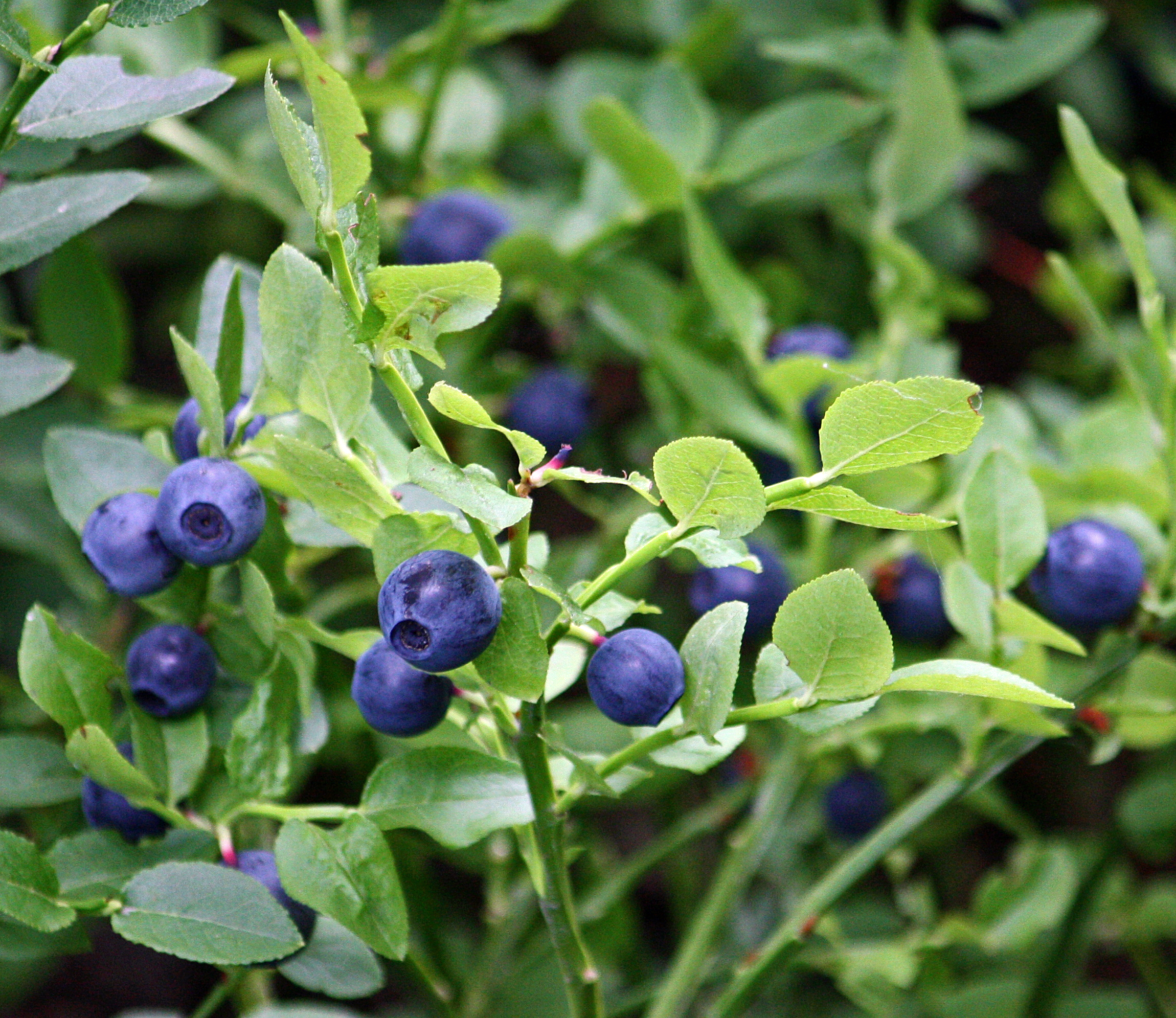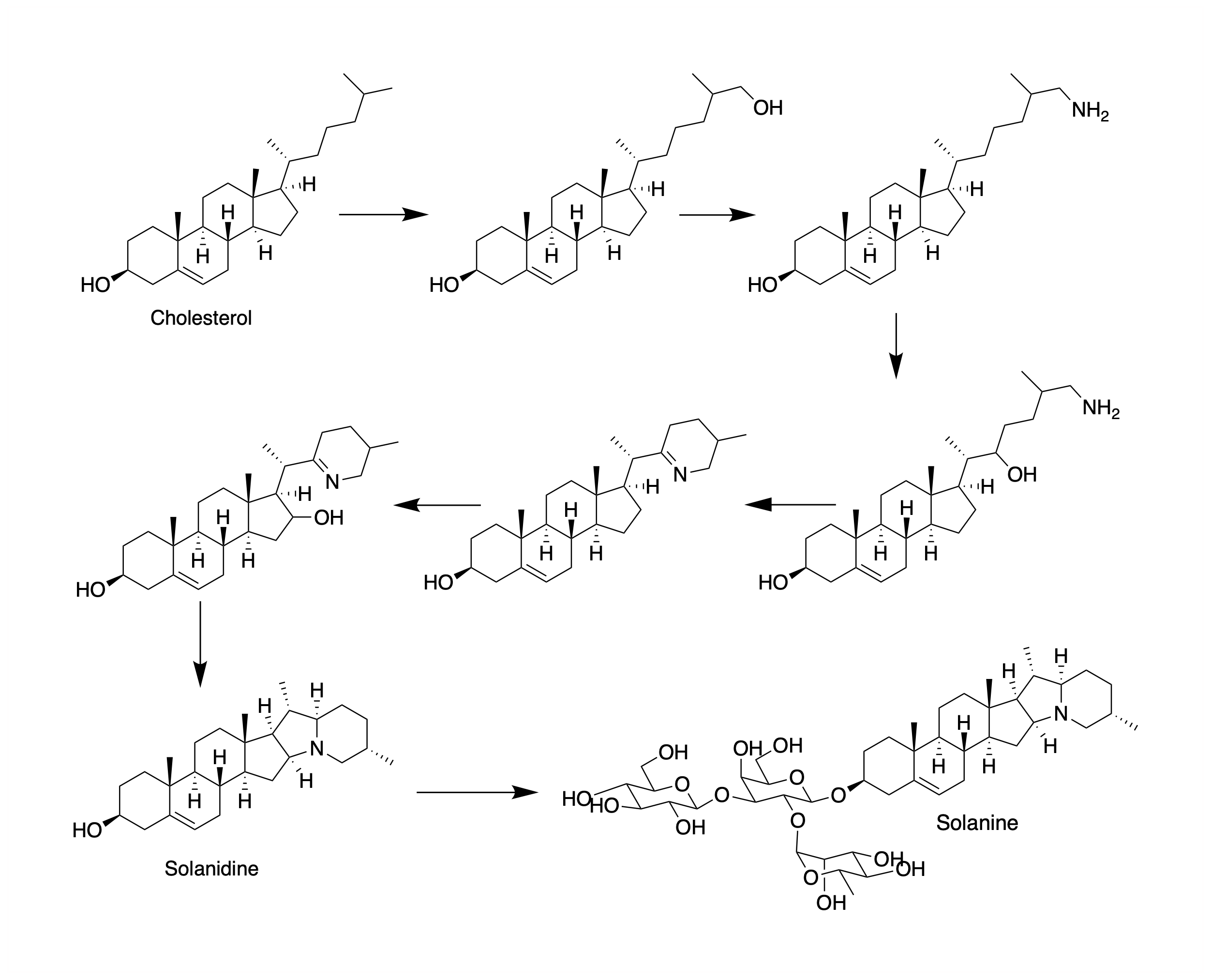|
Herb Paris
''Paris quadrifolia'', the herb Paris or true lover's knot, is a species of flowering plant in the family Melanthiaceae. It occurs in temperate and cool areas throughout Eurasia, from Spain to Yakutia, and from Iceland to Mongolia. It prefers calcareous soils and lives in damp and shady places, especially old established woods and stream banks. ''P. quadrifolia'' is in decline in Europe due to loss of habitat. In Iceland, for example, it is on the red list. Description ''P. quadrifolia'' is a perennial herbaceous plant that is tall. It may have 3–8 leaves but typically there are four leaves arranged as opposing pairs. The flowers are wispy and inconspicuous. The plant flowers during the months of June and July. It has a solitary flower with four narrow greenish filiform (threadlike) petals, four green petaloid sepals, eight golden yellow stamens, and a round purple to red ovary. The flower is borne above a single whorl of four leaves. Each plant produces at ... [...More Info...] [...Related Items...] OR: [Wikipedia] [Google] [Baidu] |
Carl Linnaeus
Carl Linnaeus (23 May 1707 – 10 January 1778), also known after ennoblement in 1761 as Carl von Linné,#Blunt, Blunt (2004), p. 171. was a Swedish biologist and physician who formalised binomial nomenclature, the modern system of naming organisms. He is known as the "father of modern Taxonomy (biology), taxonomy". Many of his writings were in Latin; his name is rendered in Latin as and, after his 1761 ennoblement, as . Linnaeus was the son of a curate and was born in Råshult, in the countryside of Småland, southern Sweden. He received most of his higher education at Uppsala University and began giving lectures in botany there in 1730. He lived abroad between 1735 and 1738, where he studied and also published the first edition of his ' in the Netherlands. He then returned to Sweden where he became professor of medicine and botany at Uppsala. In the 1740s, he was sent on several journeys through Sweden to find and classify plants and animals. In the 1750s and 1760s, he co ... [...More Info...] [...Related Items...] OR: [Wikipedia] [Google] [Baidu] |
Herbaceous Plant
Herbaceous plants are vascular plants that have no persistent woody stems above ground. This broad category of plants includes many perennials, and nearly all annuals and biennials. Definitions of "herb" and "herbaceous" The fourth edition of the '' Shorter Oxford English Dictionary'' defines "herb" as: # "A plant whose stem does not become woody and persistent (as in a tree or shrub) but remains soft and succulent, and dies (completely or down to the root) after flowering"; # "A (freq. aromatic) plant used for flavouring or scent, in medicine, etc.". (See: Herb) The same dictionary defines "herbaceous" as: # "Of the nature of a herb; esp. not forming a woody stem but dying down to the root each year"; # "BOTANY Resembling a leaf in colour or texture. Opp. scarious". Botanical sources differ from each other on the definition of "herb". For instance, the Hunt Institute for Botanical Documentation includes the condition "when persisting over more than one growing season, th ... [...More Info...] [...Related Items...] OR: [Wikipedia] [Google] [Baidu] |
IUCN
The International Union for Conservation of Nature (IUCN) is an international organization working in the field of nature conservation and sustainable use of natural resources. Founded in 1948, IUCN has become the global authority on the status of the natural world and the measures needed to safeguard it. It is involved in data gathering and Data analysis, analysis, research, field projects, advocacy, and education. IUCN's mission is to "influence, encourage and assist societies throughout the world to conserve nature and to ensure that any use of natural resources is equitable and ecologically sustainable". Over the past decades, IUCN has widened its focus beyond conservation ecology and now incorporates issues related to sustainable development in its projects. IUCN does not itself aim to mobilize the public in support of nature conservation. It tries to influence the actions of governments, business and other stakeholders by providing information and advice and through buildin ... [...More Info...] [...Related Items...] OR: [Wikipedia] [Google] [Baidu] |
Apodemus
''Apodemus'' is a genus of Muridae, murid (true mice and rats) containing the field mice as well as other well-known species like the wood mouse and the yellow-necked mouse. The name is unrelated to that of the ''Mus (genus), Mus'' genus, instead being derived from the Greek ἀπό-δημος (literally ''away from home''). Taxonomy Related to the Ryūkyū spiny rats (''Tokudaia'') and the prehistoric ''Rhagamys'' – and far more distantly to ''Mus (genus), Mus'' and ''Malacomys'' – it includes these species: ''Apodemus sensu stricto'' * Striped field mouse, ''A. agrarius'' * Small Japanese field mouse, ''A. argenteus'' * Chevrier's field mouse, ''A. chevrieri'' ''Alsomys'' * South China field mouse, ''A. draco'' * Himalayan field mouse, ''A. gurkha'' * Sichuan field mouse, ''A. latronum'' * Korean field mouse, ''A. peninsulae'' * Taiwan field mouse, ''A. semotus'' * Large Japanese field mouse, ''A. speciosus'' ''Sylvaemus'' * Alpine field mouse, ''A. alpicola'' * Y ... [...More Info...] [...Related Items...] OR: [Wikipedia] [Google] [Baidu] |
Clethrionomys Glareolus
The bank vole (''Clethrionomys glareolus'') is a small vole with red-brown fur and some grey patches, with a tail about half as long as its body. A rodent, it lives in woodland areas and is around in length. The bank vole is found in much of Europe and in northwestern Asia. It is native to Great Britain but not to Ireland, where it has been accidentally introduced, and has now colonised much of the south and southwest. The bank vole lives in woodland, hedgerows and other dense vegetation, such as bracken and bramble. Its underground chamber is lined with moss, feathers and vegetable fibre and contains a store of food. It can live for eighteen months to two years in the wild and over 42 months in captivity and is mostly herbivorous, eating buds, bark, seeds, nuts, leaves and fruits and occasionally insects and other small invertebrates. It readily climbs into scrub and low branches of trees although it is not as versatile as a mouse. It breeds in shallow burrows, the female reari ... [...More Info...] [...Related Items...] OR: [Wikipedia] [Google] [Baidu] |
Perianth
The perianth (perigonium, perigon or perigone in monocots) is the non-reproductive part of the flower. It is a structure that forms an envelope surrounding the sexual organs, consisting of the calyx (sepals) and the corolla (petals) or tepals when called a perigone. The term ''perianth'' is derived from Greek περί (, "around") and άνθος (, "flower"), while ''perigonium'' is derived from περί () and γόνος (, "seed, sex organs"). In the mosses and liverworts (Marchantiophyta), the perianth is the sterile (neither male nor female) tubelike tissue that surrounds the female reproductive structure or developing sporophyte. Flowering plants In flowering plants, the perianth may be described as being either dichlamydeous/heterochlamydeous in which the calyx and corolla are clearly separate, or homochlamydeous, in which they are indistinguishable (and the sepals and petals are collectively referred to as tepals). When the perianth is in two whorls, it is desc ... [...More Info...] [...Related Items...] OR: [Wikipedia] [Google] [Baidu] |
Raphide
Raphides ( ; singular ''raphide'' or ''raphis'') are needle-shaped crystals of calcium oxalate monohydrate ( prismatic monoclinic crystals) or calcium carbonate as aragonite ( dipyramidal orthorhombic crystals), found in more than 200 families of plants. Both ends are needle-like, but raphides tend to be blunt at one end and sharp at the other. Calcium oxalate in plants Many plants accumulate calcium oxalate crystals in response to surplus calcium, which is found throughout the natural environment. The crystals are produced in a variety of shapes. The crystal morphology depends on the taxonomic group of the plant. In one study of over 100 species, it was found that calcium oxalate accounted for 6.3% of plant dry weight. Crystal morphology and the distribution of raphides (in roots or leaves or tubers etc.) is similar in some taxa but different in others leaving possible opportunities for plant key characteristics and systematic identification; mucilage in raphide containi ... [...More Info...] [...Related Items...] OR: [Wikipedia] [Google] [Baidu] |
Bilberry
Bilberries () are Eurasian low-growing shrubs in the genus ''Vaccinium'' in the flowering plant family Ericaceae that bear edible, dark blue berries. They resemble but are distinct from North American blueberries. The species most often referred to is ''Vaccinium myrtillus'' L., but the term describes several other closely related species. Etymology and regional names The name "bilberry" appears to have a Scandinavian languages, Scandinavian origin, possibly from as early as 1577, being similar to the Danish word ''bølle'' for whortleberry with the addition of "berry". In Scandinavian languages, terms for bilberries have names that carry the meaning "blueberry": e.g. ''blåbär'' in Swedish and ''blåbær'' in Danish and Norwegian. The bilberry (especially ''Vaccinium myrtillus'') is generally known as blaeberry in Scottish and Northern English regional dialects, and whortleberry in southern England. Description Bilberries—which are native to Europe—are dif ... [...More Info...] [...Related Items...] OR: [Wikipedia] [Google] [Baidu] |
Solanine
Solanine is a glycoalkaloid poison found in species of the Solanaceae, nightshade family within the genus ''Solanum'', such as the potato (''Solanum tuberosum''). It can occur naturally in any part of the plant, including the Leaf, leaves, fruit, and tubers. Solanine has Pesticide, pesticidal properties, and it is one of the plant's Plant defense against herbivory, natural defenses. Solanine was first isolated in 1820 from the Berry (botany), berries of the European black nightshade (''Solanum nigrum''), after which it was named. It belongs to the chemical family of saponins. Solanine poisoning Symptoms Solanine poisoning is primarily displayed by gastrointestinal and neurological disorders. Symptoms include nausea, diarrhea, vomiting, stomach cramps, burning of the throat, cardiac dysrhythmia, nightmares, headache, dizziness, itching, eczema, thyroid problems, and inflammation and pain in the joints. In more severe cases, hallucinations, loss of sensation, paralysis, fever ... [...More Info...] [...Related Items...] OR: [Wikipedia] [Google] [Baidu] |
Lipid
Lipids are a broad group of organic compounds which include fats, waxes, sterols, fat-soluble vitamins (such as vitamins A, D, E and K), monoglycerides, diglycerides, phospholipids, and others. The functions of lipids include storing energy, signaling, and acting as structural components of cell membranes. Lipids have applications in the cosmetic and food industries, and in nanotechnology. Lipids are broadly defined as hydrophobic or amphiphilic small molecules; the amphiphilic nature of some lipids allows them to form structures such as vesicles, multilamellar/ unilamellar liposomes, or membranes in an aqueous environment. Biological lipids originate entirely or in part from two distinct types of biochemical subunits or "building-blocks": ketoacyl and isoprene groups. Using this approach, lipids may be divided into eight categories: fatty acyls, glycerolipids, glycerophospholipids, sphingolipids, saccharolipids, and polyketides (derived from condensatio ... [...More Info...] [...Related Items...] OR: [Wikipedia] [Google] [Baidu] |
Carbohydrate
A carbohydrate () is a biomolecule composed of carbon (C), hydrogen (H), and oxygen (O) atoms. The typical hydrogen-to-oxygen atomic ratio is 2:1, analogous to that of water, and is represented by the empirical formula (where ''m'' and ''n'' may differ). This formula does not imply direct covalent bonding between hydrogen and oxygen atoms; for example, in , hydrogen is covalently bonded to carbon, not oxygen. While the 2:1 hydrogen-to-oxygen ratio is characteristic of many carbohydrates, exceptions exist. For instance, uronic acids and deoxy-sugars like fucose deviate from this precise stoichiometric definition. Conversely, some compounds conforming to this definition, such as formaldehyde and acetic acid, are not classified as carbohydrates. The term is predominantly used in biochemistry, functioning as a synonym for saccharide (), a group that includes sugars, starch, and cellulose. The saccharides are divided into four chemical groups: monosaccharides, disaccharides, ... [...More Info...] [...Related Items...] OR: [Wikipedia] [Google] [Baidu] |
Dry Matter
The dry matter or dry weight is a measure of the mass of a completely dried substance. Analysis of food The dry matter of plant and animal material consists of all its constituents excluding water. The dry matter of food includes carbohydrates, fats, proteins, vitamins, minerals, and antioxidants (e.g., thiocyanate, anthocyanin, and quercetin). Carbohydrates, fats, and proteins, which provide the energy in foods (measured in kilocalories or kilojoules), make up ninety percent of the dry weight of a diet. Water composition Water content in foods varies widely. A large number of foods are more than half water by weight, including boiled oatmeal (84.5%), cooked macaroni (78.4%), boiled eggs (73.2%), boiled rice (72.5%), white meat chicken (70.3%) and sirloin steak (61.9%). Fruits and vegetables are 70 to 95% water. Most meats are on average about 70% water. Breads are approximately 36% water. Some foods have a water content of less than 5%, e.g., peanut butter, cracker ... [...More Info...] [...Related Items...] OR: [Wikipedia] [Google] [Baidu] |






